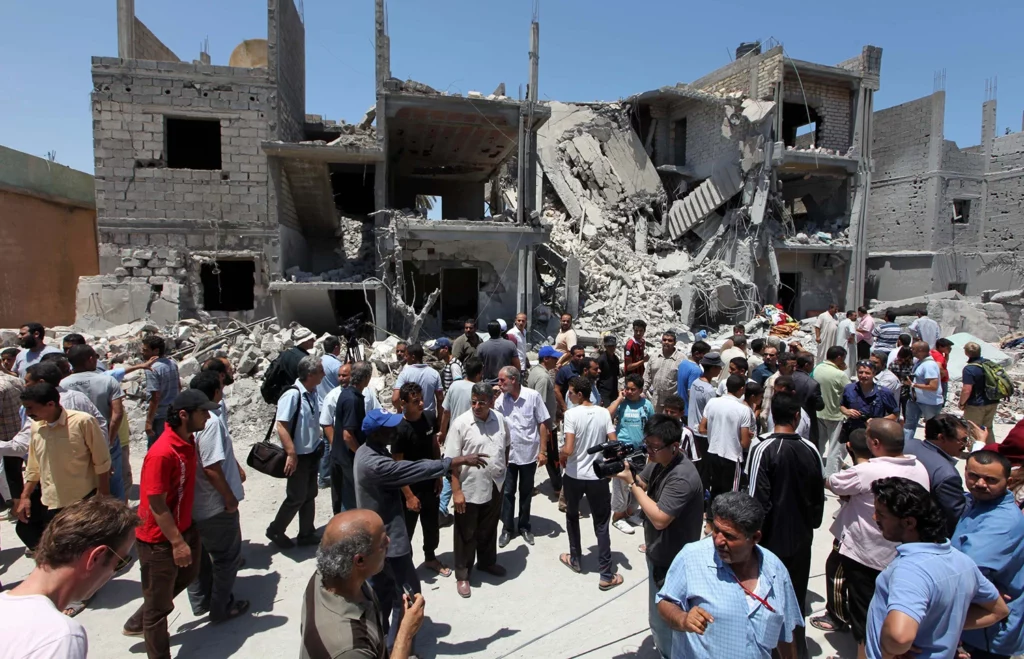Following the 2011 toppling of dictator Muammar Gaddafi in a NATO-backed uprising, Libya has seen significant upheaval and civil conflict.
Airwars has documented allegations of civilian harm caused by all actors in Libya since 2011, while also conducting a number of major investigations into the conflict.
Conflicts monitored involving Libya





